Esplanade des Invalides (Universal Exhibition)
© Brown University Library
FRA
near Paris
Fetching images...
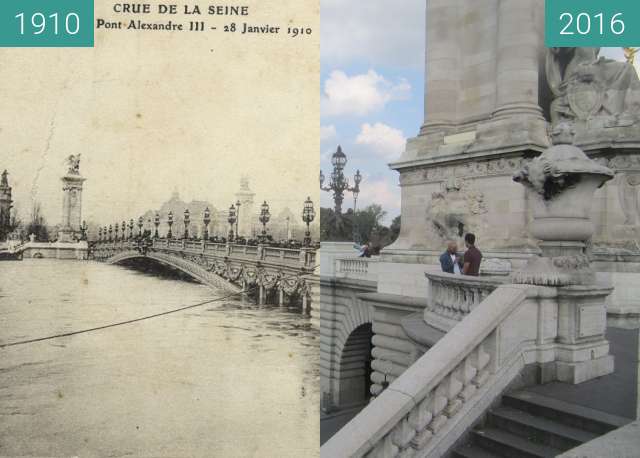
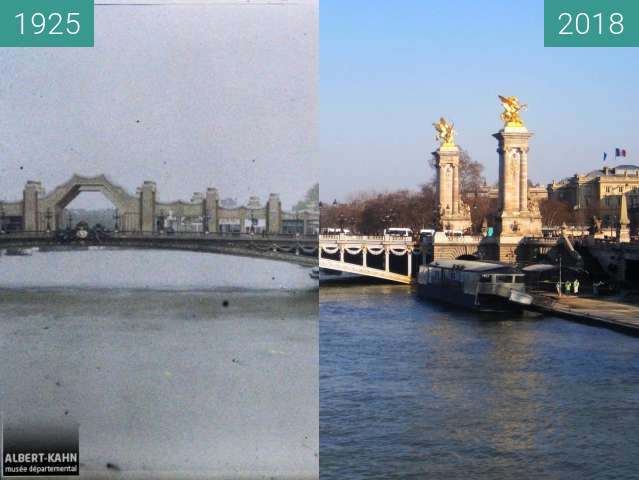
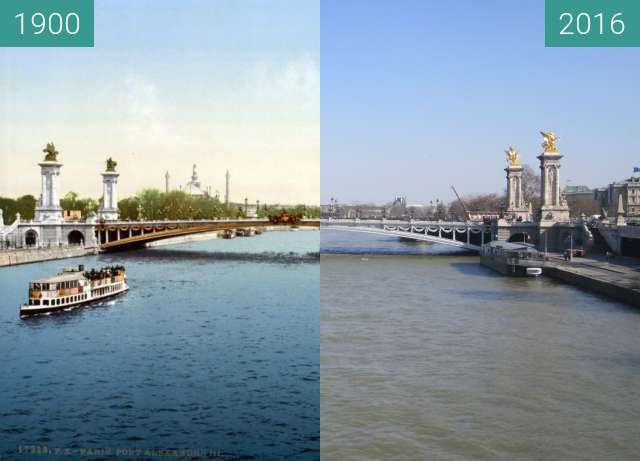
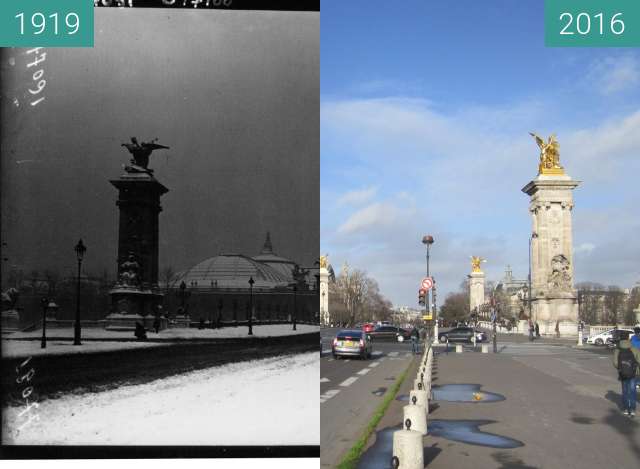
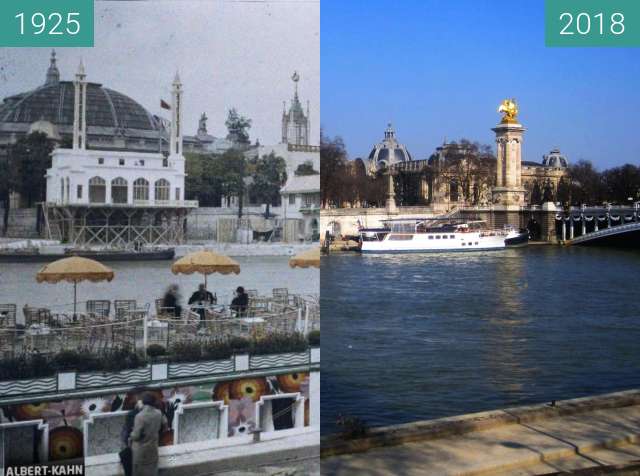
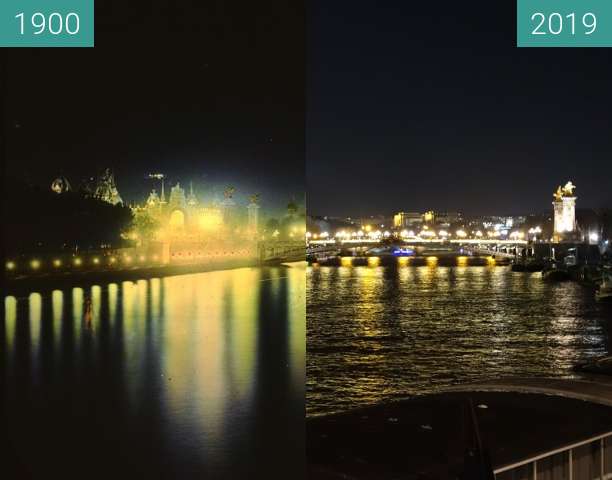

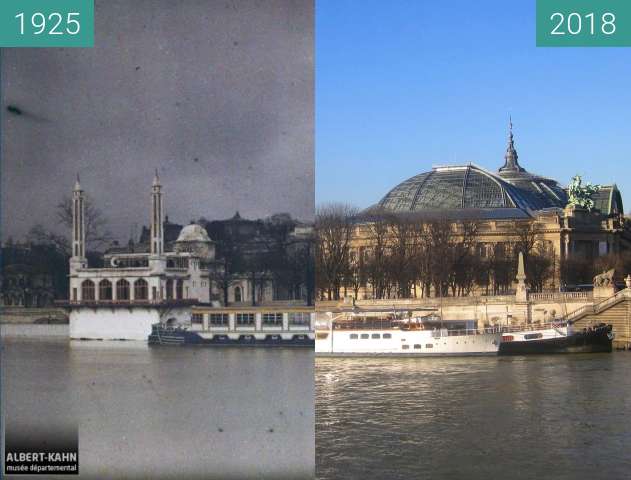
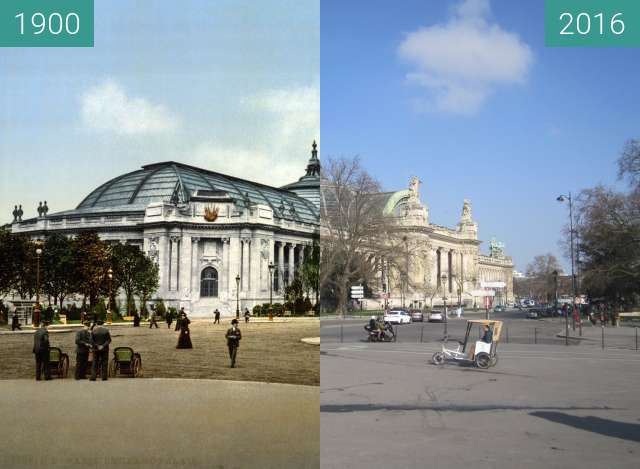
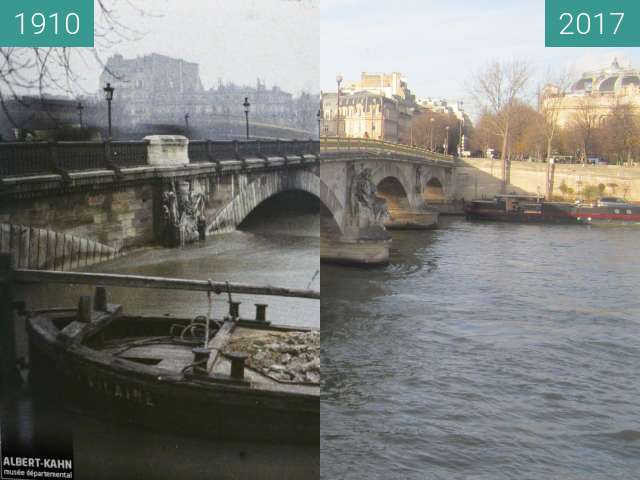
Pont Alexandre III with the Esplanade des Invalides at the 1900 Paris World Fair. The bridge was named after the Czar of Russia and symbolized the Franco-Russian friendship. His son Nicholas II reigned from 1894 until 1917, and symbolically laid the fundation stone of the bridge in 1896. With a width of 40 m, it was the largest bridge in Paris. Impressive are not only the splendid ornaments, but also the high technical performance: it spans the Seine in a single arch of 107 m, without forming a curve which would hinder the perspective of the Invalides.
Behind it lies the Esplanade des Invalides, the forecourt to the Hôtel des Invalides. At the occasion of the world exhibition, it was lined with impressive exhibition palaces dedicated to the manufactory, the arts and the industry.
To our days, only the Pont Alexandre III remained as an architectural heritage.